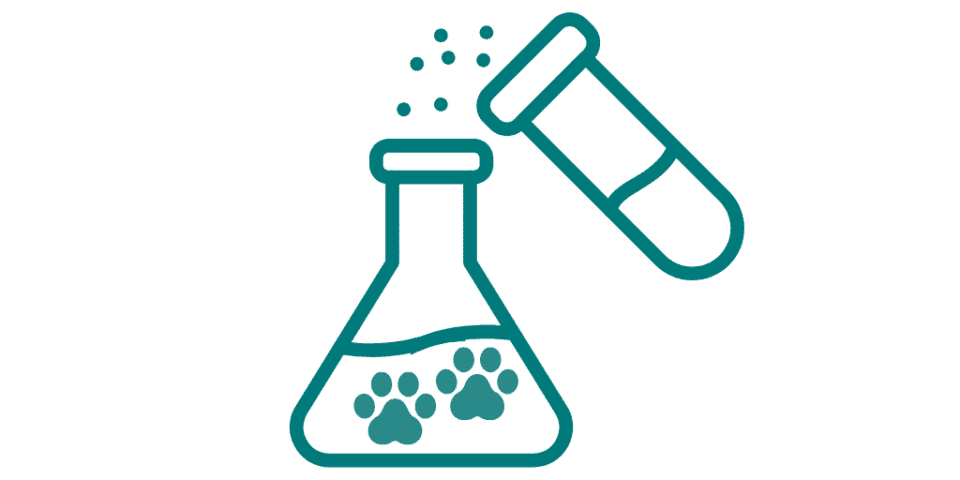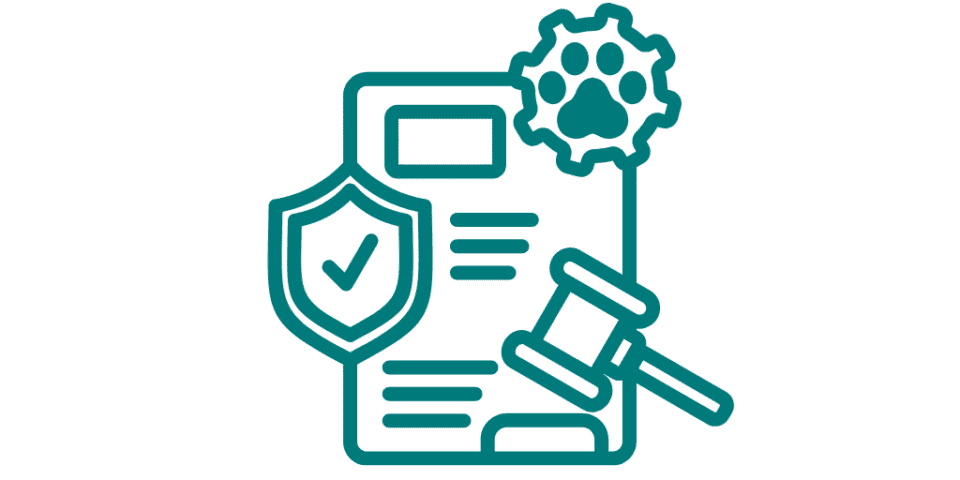Here's Your FDA Meeting Survival Guide
Developing a medical product can be an intricate process where moving forward to the next step depends on the outcome of a previous choice. It takes experience, preparation, planning, and understanding in both directions to ensure sponsors get the ultimate benefit from each meeting. Fundamental chemistry, manufacturing and controls (CMC) deficiencies at early stages may require complete subsequent product redevelopment. Regulatory deficiencies in early stages may carry forward into all later stages.
FDA meetings provide opportunities for sponsors to learn critical agency feedback, identify gaps in required data and agree on whether the development studies conducted are sufficient for review. These meetings also allow sponsors to educate the FDA about their product so reviewers have background and understanding once the investigational (IND) or marketing application (NDA/BLA) is submitted. This background is particularly helpful with new compounds being developed with cutting-edge technology or innovative mechanisms of action, which may not be as familiar to agency officials.
1. Understanding the Three Main Types of FDA Milestone Meetings
There are three FDA meetings, each of which correspond with a different drug development milestone. Each meeting has a different agenda is they take place at a unique point in the drug development process. However, the main purpose of all three is to gain critical feedback from the FDA so sponsors are more prepared to move on to the next development phase.
- Pre-IND meetings aim to confirm that the nonclinical studies, drug formulation and chemistry, manufacturing, and controls (CMC) are sufficient to support FDA's clinic approvals.
- End–of–Phase–2 meetings allow sponsors to update the FDA on Phase I and II results and to gain clarity related to questions and issues related to potential Phase III pivotal development work.
- Pre–NDA/BLA meetings offer sponsors the opportunity to provide the FDA a preview of marketing application contents in order to come to an agreement with the agency regarding issues that may arise during the drug development process. These matters could range from the results of pivotal studies and CMC operational updates to how the drug development data generated and summaries should be formatted.
2. Select the Sponsors Who Will Have a Seat at Your Table
When planning for an FDA meeting, sponsors should carefully select the representatives from their team who will attend. All meetings should be attended by the sponsor’s regulatory lead, who has been the main point of interaction with the FDA throughout the drug development process. Other participants will depend on the types of questions asked in the meeting packet and FDA preliminary responses that will be discussed during the meeting. For example, your CMC lead must be present if you are planning to ask CMC-related questions. For overall program discussions, you’ll also want to include a non-clinical representative and one or two clinical representatives, such as the physicians responsible for developing clinical efficacy for studies.
Some sponsors make the common mistake of including senior executives in FDA meetings, even when those executives don’t share the appropriate hands-on scientific experience with the compound to discuss the highly technical issues likely to be discussed. Avoid that mistake by only including meeting attendees directly working on developing the specific drug in question. They are the most likely to have the best working knowledge of the product and to the ability to answer technical questions effectively.
That said, it is best if meeting attendees also have prior experience meeting with the agency so they’re comfortable, know what to expect, and can guide the meeting effectively. In cases where a meeting participant has no or limited experience meeting with the FDA, it is appropriate to send his or her manager, director, or a key consultant for additional knowledge and support.
Seek out regulatory authority advice. What if the regulatory authority wants much more to be done than is currently scheduled? What impact would that have on the corporate-determined marketing submission date? Sponsors must understand that it is not about a company believing that it knows more about its process and product than the regulatory authority; it is about involving the regulatory authority as a team player. Since the regulatory authority controls the drug product's fate, it can only be an advantage for a company to ensure that the reviewer understands the science behind the manufacturing process and product.
3. Practice—and preparation—make perfect.
Preparation, planning and punctuality are essential to glean the most benefit from your meeting.
Scheduling a pre-meeting the day before your FDA meeting is a helpful practice. The agency will have provided you with preliminary written responses to the questions. By the time you get to the in-person meeting, you will already have identified the specific preliminary responses you want to discuss with FDA in advance. If some of the FDA’s written responses provide all the direction and clarity you need, you likely won’t need to spend valuable meeting time reviewing them. Be sure to identify which of your team’s participants will be responsible for taking the lead with the agency on each question and agree on how you want to approach each question.
The FDA will allot a specific amount of time for each meeting, and when that time is up the meeting typically ends promptly. That means your team will need to make the most of every minute. First, inform the agency which preliminary responses are the most important for you to discuss and request that those be discussed in the order of priority. Also, make sure one of your team members is tasked with watching the clock to ensure all responses are discussed within the meeting’s time limit. If too much time is spent on one specific response, that person should notify the group to keep the meeting on task.
4. Ask Questions in the Appropriate Manner: Seek to Understand Rather than Being Understood
An old adage says one should seek to understand before seeking to be understood. Communication is the most important skill to develop, and this is doubly true when interacting with the FDA. But listening isn’t haphazard. You are likely interested in listening for specific information. This means that in order to communicate well, you need to ask the right question at the right time. The wrong question is almost guaranteed to generate the wrong answer. The right question asked at the wrong time of the wrong person, in the wrong context, while distractions are present is equally useless.
Below is a framework for asking the correct CMC questions at the right time to create clarity and agreement around issues and to gain binding agreement:
CMC Questions | Pre-IND/ Phase 1
- Link formulations/dosage forms used in Tox, PK/PD, Clinical studies conducted to date
- Polymorphs, enantiomers, or other unique physicochemical properties
- Reasons for selection, stability, physicochemical properties of various forms
- Impurities
- Batch data
- Linkage to toxicology batches
- Qualification of impurities (update in phase 1/phase 2)
CMC Questions | End of Phase 2 (EoP2)/ Phase 3
- Agreement on starting materials
- Complete information on s.m. such as synthesis scheme, specifications, s.m. impurities, fate and removal of s.m. impurities, DS data
- Assay/Potency
- *** Fermentation-derived products, biologics, botanicals
- Placebo/Comparator Information
- Over-encapsulation issues (e.g., dissolution)
- Blinding information (appearance, taste, smell,….)
- Composition, manufacture, and controls
- Stability protocols for Phase 3 and NDA/BLA
- 12 months long-term, six months accelerated
- Dissolution
- Discuss dissolution method development at EOP2, if not earlier. Earlier the better
- Approach for setting specification
- Gather complete profile data from bio batches (PK & clinical) and registration/stability batches
- Specifics vary for Immediate, Extended, Controlled Release, and Enteric-Coated products.
- Extended Release (ER)
- If ER claims appropriately
CMC Questions | Phase 3
- The general approach to specifications
- Specs are reviewed and finalized during NDA/BLA
- Anticipated manufacturing site changes
- Impact of change (Equipment, process/parameters, product quality,..)
- pre NDA stage is often too late for discussion of Ph 3, registration stability, and commercial site changes
- Issues related to sterility and sterilization process validation
- Devices or Delivery System
- Particularly for inhalers, pen injectors, transdermals, novel forms, etc
- May recommend Ph 3 and marketed device be the same
Most importantly, remember that FDA reviewers are people who want to help your company's product launch onto the market. Extending the common courtesy of being on time, well-prepared, and organized can ensure you leave each meeting with all the information you need to develop your drug. And tapping regulatory experts with proven experience in communicating with the FDA to lead and help you plan for meetings with the agency can provide peace of mind of knowing that your time together will be well spent.






